
Peru is a fascinating country with a diverse landscape and lots of history. But it’s most famous for being home to one of the New Seven Wonders of the World: Machu Picchu. The lost city of the Incas sits high up in the Andes Mountains and there are several things to do at Machu Picchu within and around the archeological site.
It’s a bucket list trip for sure as the site is truly something to experience at some point in your life.
About Machu Picchu
Situated within the peaks of the Andes Mountains are the ruins of Machu Picchu. At one point in history, the site was perhaps used as a royal residence or as a religious site for Incan leaders. The exact purpose is unknown and the reason why it was abandoned is also unknown, adding to its mystique.
It dates back to the 15th and 16th centuries though it’s assumed the city was abandoned just 100 years after it was built. The downfall of the Incan Empire can be attributed to the conquest of the Spanish. But there’s nothing that supports Machu Picchu was ever attacked or even reached by the Spanish.
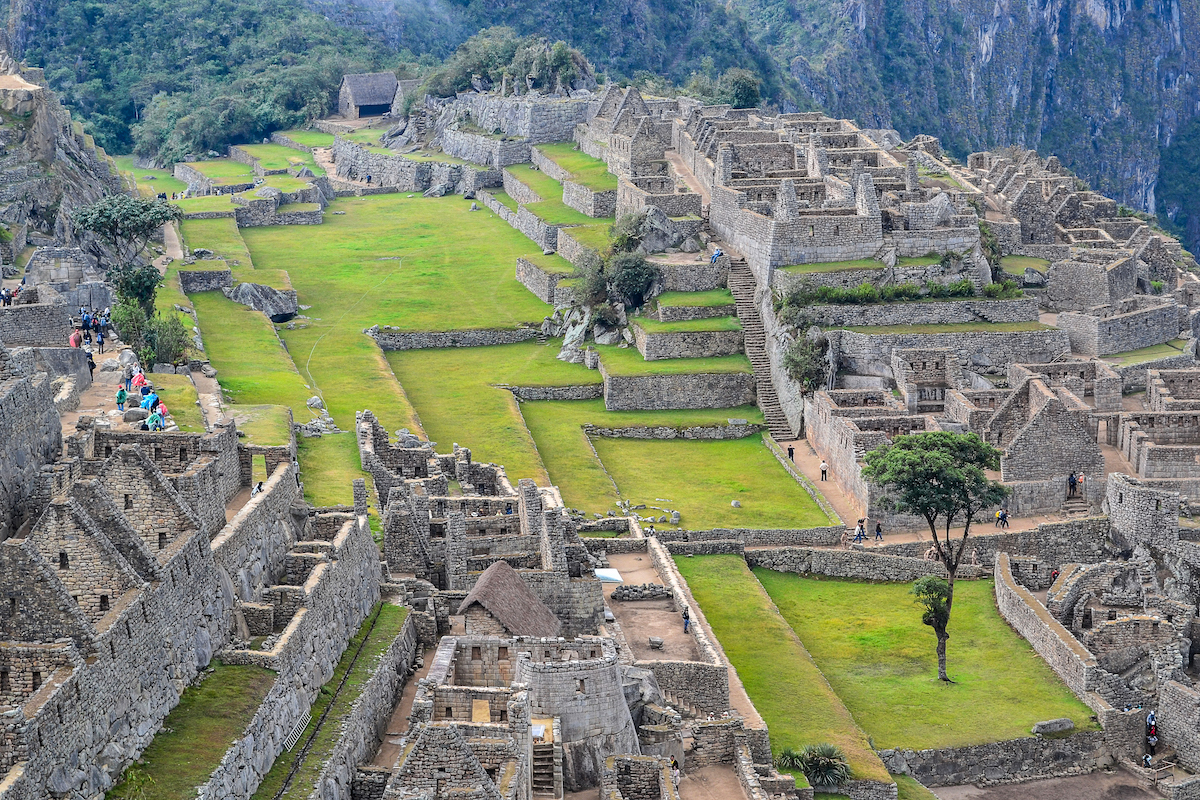
There are a lot of different theories to why the city was abandoned. Epidemics, lack of water/resources, and even abandoning it so that the Spanish wouldn’t find it. But it was abandoned and eventually left to the elements of nature.
It wasn’t until 1911 that an archeologist named Hiram Bingham stumbled upon the ruins. He originally was in search of the Lost City of Vilcabamba, another Incan city. He was shown the way by peasants, locals and eventually an 11-year old boy who all knew of the ruins. While it wasn’t Vilcabamba, they did lead him to another Lost City: Machu Picchu.
How to Get to Machu Picchu
To start, you’ll want to fly into Cusco, usually via Lima. The best way to get from Cusco to Machu Picchu is to take the PeruRail or IncaRail train from Cusco (through Ollantaytambo) to Aguas Calientes, aka Machu Picchu Pueblo. The train ride will take about 4 hours one-way.
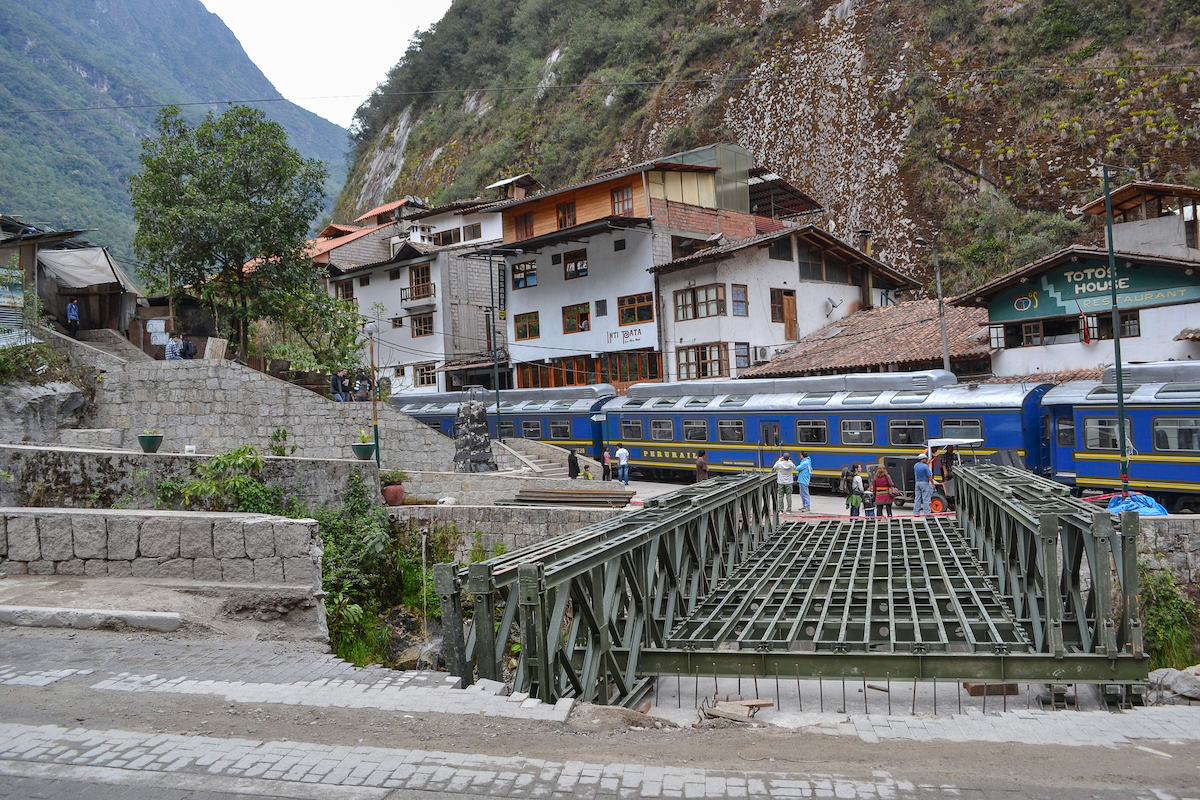
We ended up renting motorcycles in Cusco, stopping at the Human Slingshot along the way and riding through the Sacred Valley to Ollantaytambo where you can also get on the train. From Ollantaytambo, it’s about an hour and a half train ride.
Once you make it to Aguas Calientes, you can catch the bus to Machu Picchu which is right across the street. Buses leave all the time, showing up every 5 to 10 minutes. The bus ride is 30 minutes and costs about $12 per person which you can pay in cash when you are there.
Machu Picchu Circuits
First things first, if you want to see the Lost City, you should plan ahead and get your tickets in advance. If you are going on a tour, they’ll likely take care of this for you (especially if you do the Inca Trail). But if you’re going on your own, make sure you get your tickets online because there is no ticket office in Aguas Calientes. Or you can buy them in Cusco (but again, tickets are limited and can sell out far in advance, so you’ll want to buy them early).
There are five circuits that take you around the archeological site. I recommend looking at the circuits beforehand so you can decide what you want to see and which circuit you need to take to see those things. In addition, if you want to hike one of the mountains (Huchuy, Machu, or Huayna Picchu) then you will need to buy a specific ticket for those. The 5th Circuit is only available to those who are in an organized group for the Inca Trail.
Tickets:
Tickets that are available for the different circuits and hikes are as follows:
- Llaqta de Machupicchu: Choose between Circuits 1, 2, 3 or 4 ($41)
- Circuits 1 or 2 + Puente Inca: Includes the Inca Bridge ($41)
- Circuit 3 + Machu Picchu Mountain: ($54)
- Circuit 4 + Huchuy Picchu: ($41)
- Circuit 4 + Wayna Picchu: aka Huayna Picchu ($54)
Things to do at Machu Picchu
The main section of Machu Picchu is of course the archeological ruins of the lost city. There are several things to see within those ruins and several optional hikes you can take as well.
1. Explore the ruins
When you get inside the site, where you start and where you go will depend on what ticket you purchased as the different circuits take you on different routes. And as I mentioned before, you’ll want to take a look at the circuits beforehand to make sure the route you choose allows you to see and do all the things you want.
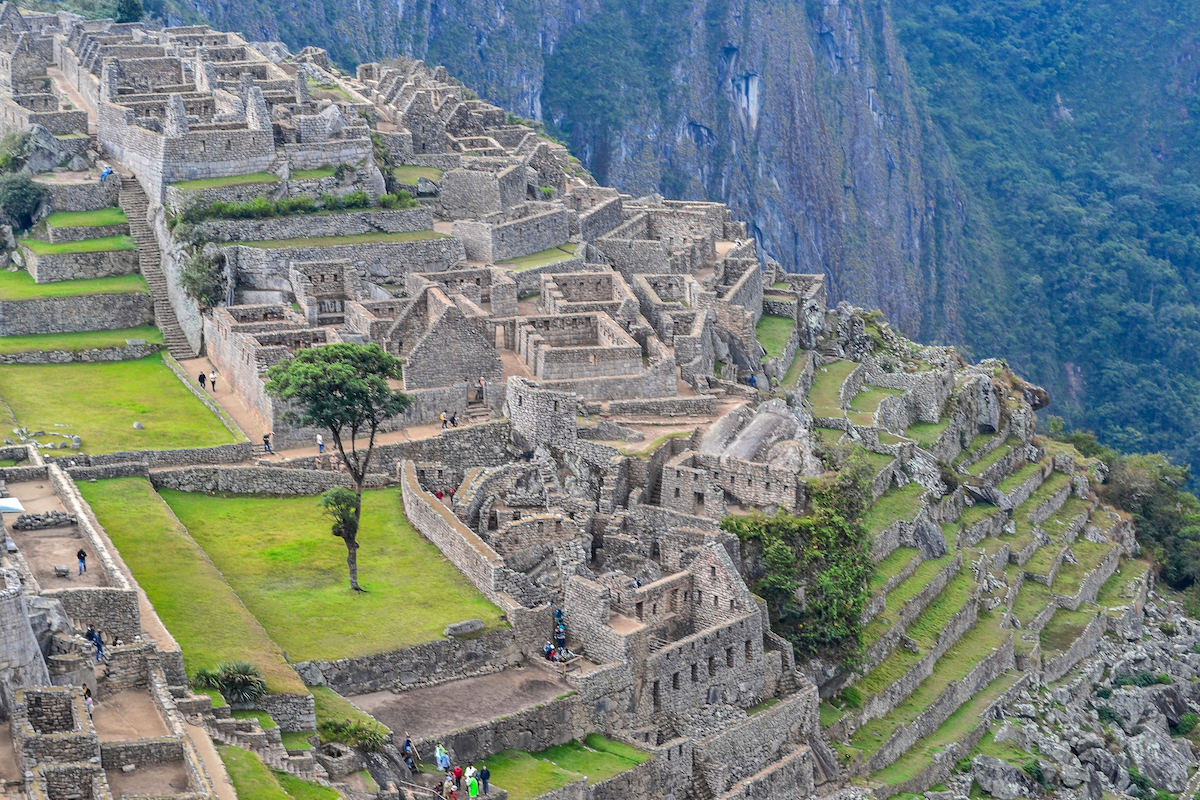
Touring through the city is incredible. Walking along the ancient pathways and through Incan doorways is quite the experience. While you can explore without a guide, there are official tour guides at the entrance who you can hire to go with you around the ruins. Guided tours for 2 people are about 2.5 hours and I think the price is an agreed upon price, so there may be room for negotiation. If you don’t speak Spanish, you’ll want to find one who speaks English.
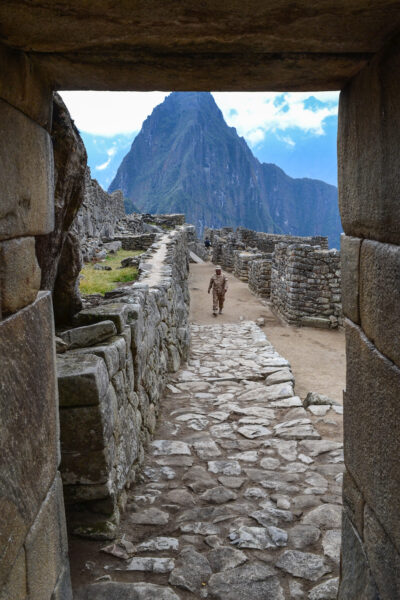
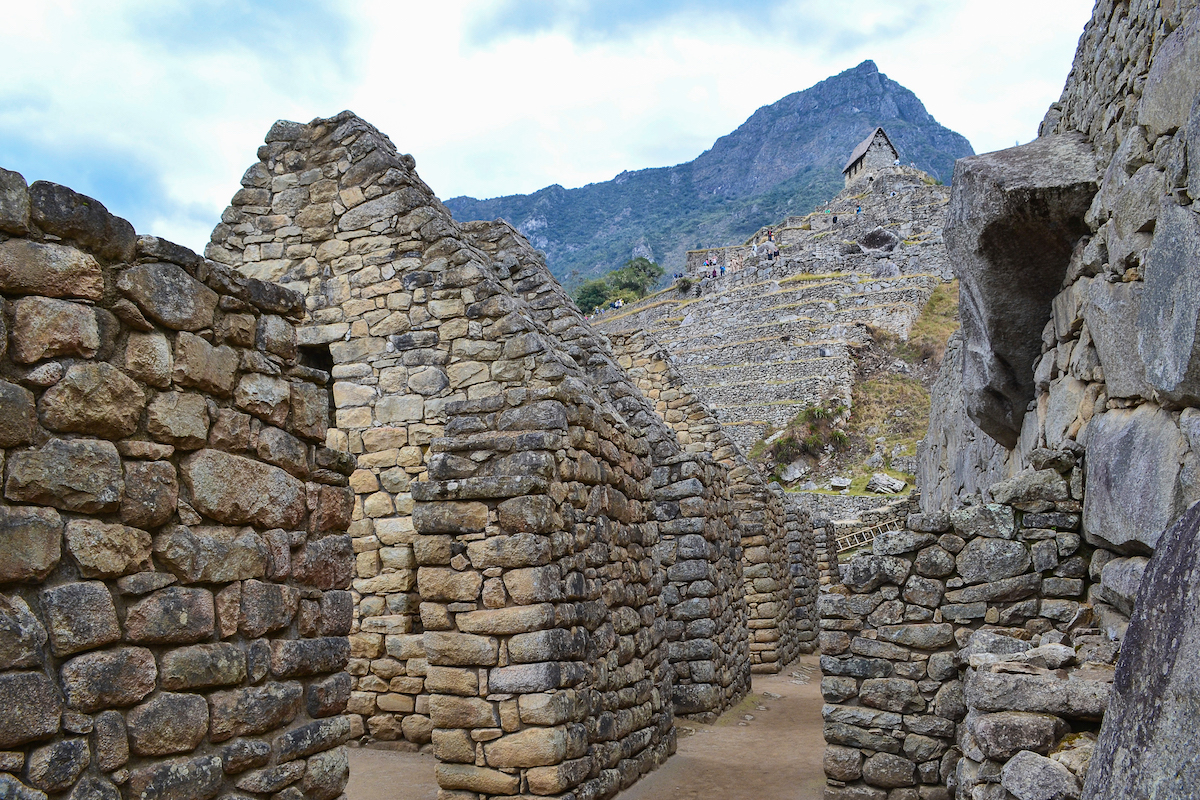
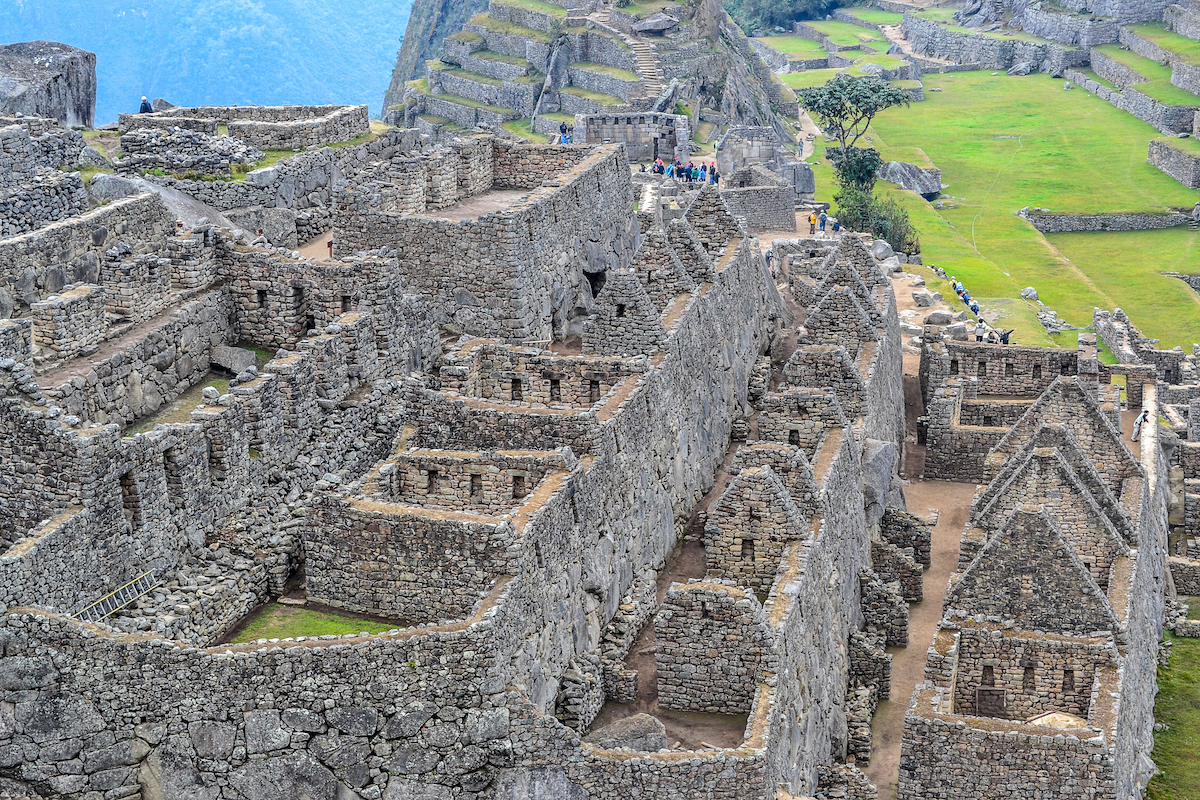
Some of the more popular ruins to see within the circuits are:
Sacred Plaza
The Sacred Plaza is one of the main areas within the site and was the location for important rituals and celebrations. It includes the Main Temple, Temple of the Three Windows, the Temple of the Moon, the Intihuatana Stone and several others.

Supposedly, the terraces to the left were not agricultural but were used to accommodate the number of visitors for different festivities.
Main Temple
The Main Temple (which you can see in the photo above on the left just in front of the terraces) is where the most important religious ceremonies were held. The building is U-shaped, consisting of three stone walls and many carved niches that were likely meant for holding important objects.
Temple of the Three Windows
Also within the Sacred Plaza or religious sector, is where you can find the Temple of the Three Windows. The three windows are shaped a bit like a trapezoid but are a great example of the masonry work of the Incas. The rocks are carved to precision and it’s assumed this building had a religious function as well.
Intihuatana Stone
Within the main plaza is where you can find the Intihuatana Stone. It’s a large carved rock with a smaller rock in the center of it and located on the highest point of the citadel. The four sides of the Intihuatana stone are meant to represent the 4 directions. It’s also sometimes referred to as a solar clock, sun dial or astronomical calendar.
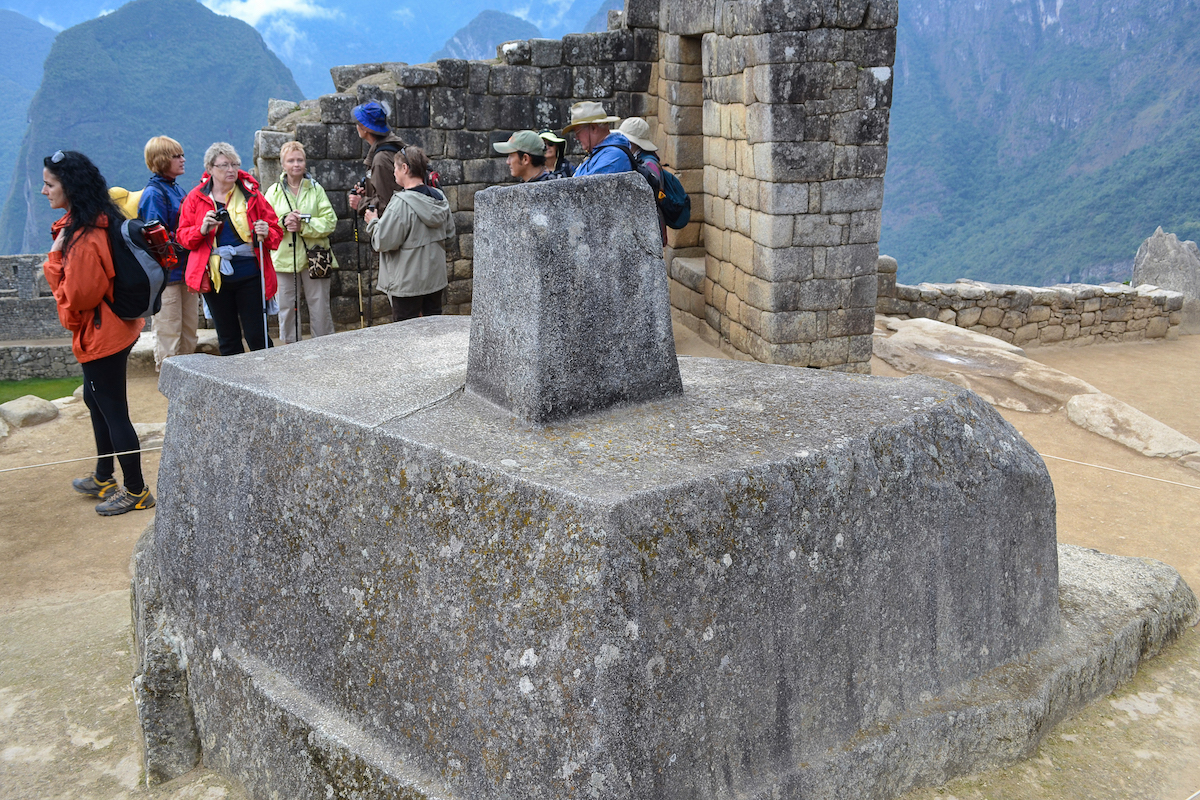
Central Plaza
The Central Plaza has several terraces that lead to open-air structures with a view of Huayna Picchu in the back. It sits between the Sacred Plaza and the more residential area. Due to its size, it was likely gathering place for larger events and ceremonies.
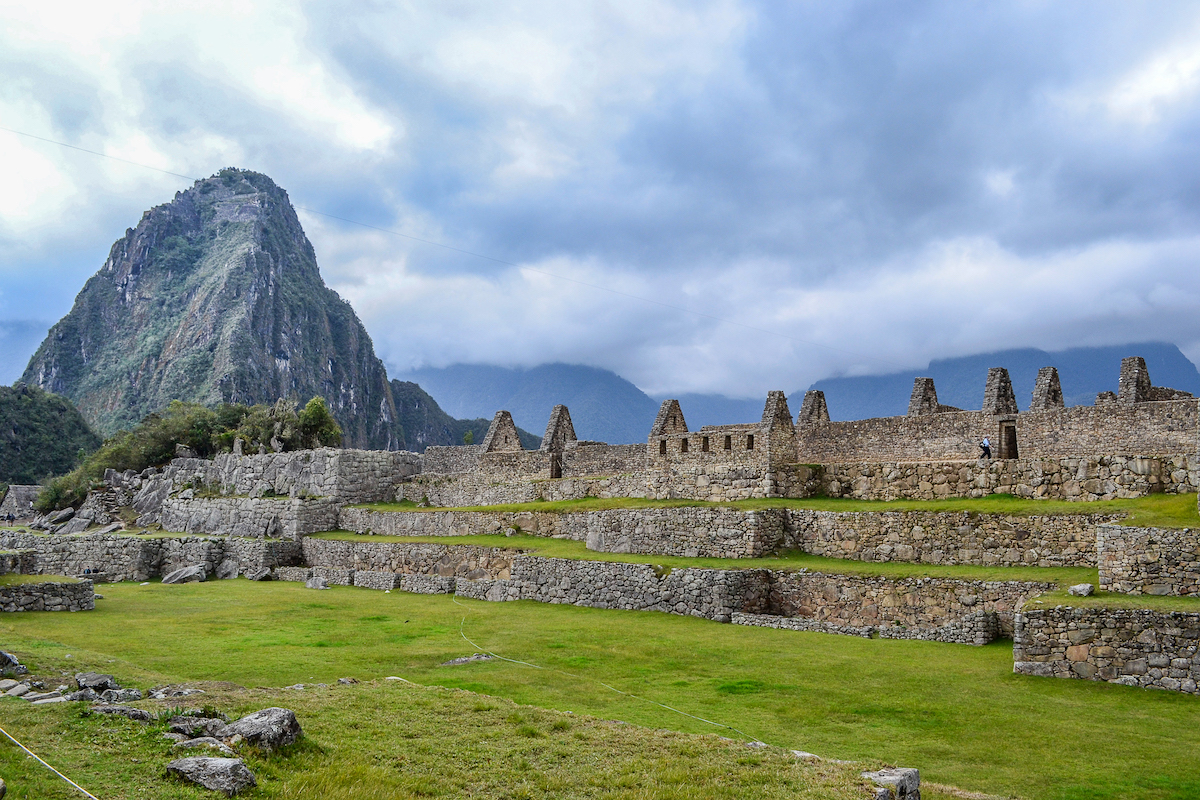
Temple of the Sun
The Temple of the Sun is one of the most sacred buildings in the citadel dedicated to the sun god, Inti. The building is semi-circular and only the Inca emperor, high ranking priests and noble family were likely permitted to enter. It may have also been used as a solar observatory and the cave underneath used as a royal tomb.
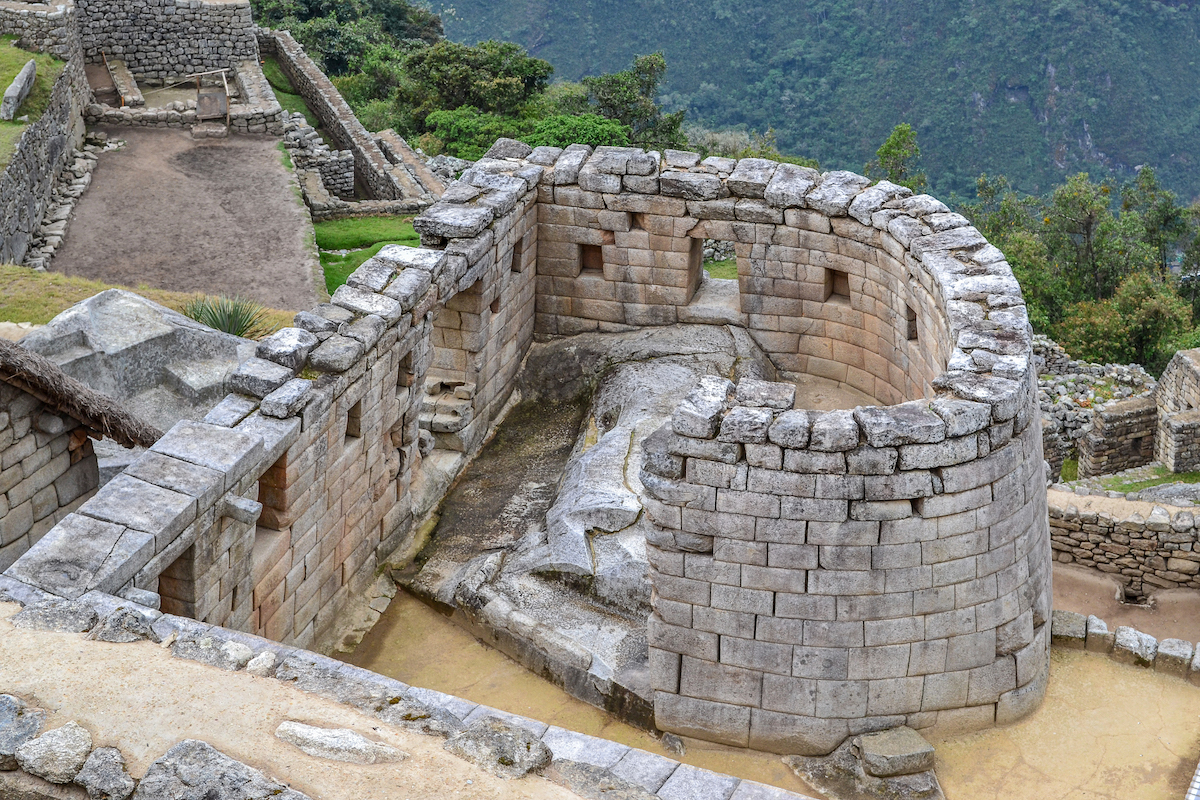
Agricultural Terraces
Terraces were a way to use land for agricultural purposes. They were able to develop on the landscape and the terraces were a form of irrigation when it rained. It also helped prevent landslides and erosion. You can see terraces all over Machu Picchu as they were an important part of agriculture.
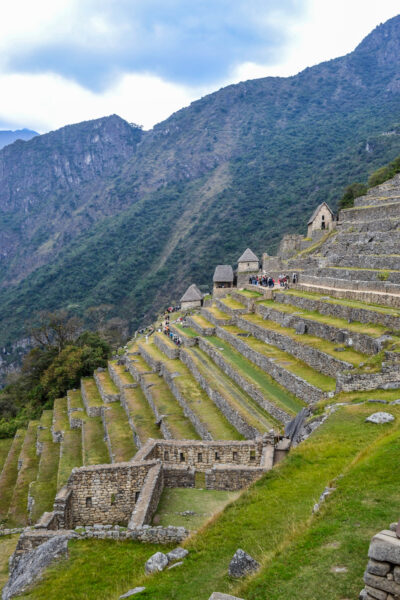
Inca Bridge
When you enter the archeological site, the main ruins are to your right. The Inca Bridge is located in the top left corner of the site and if you want to visit, you’ll need to make sure you book the right ticket. You’ll need the ticket for Circuit 1 or 2 + Puente Inca or the Inca Bridge. The hike to the Inca Bridge takes about 30 minutes and while you can’t walk across it, you can get close enough to see it.
The bridge is along a stone walkway with a cutout within the stones. Over the cutout is where long logs have been laid to create a bridge across. But they could also be removed as a defense strategy so that no one could get across.
2. Take a Picture at the Famous Viewpoint
A must-do when visiting Machu Picchu is taking a picture at the famous viewpoint. To reach it, you’ll follow the stone trail up to the Guardian’s House. It’s about a 15 minute walk from the entrance.
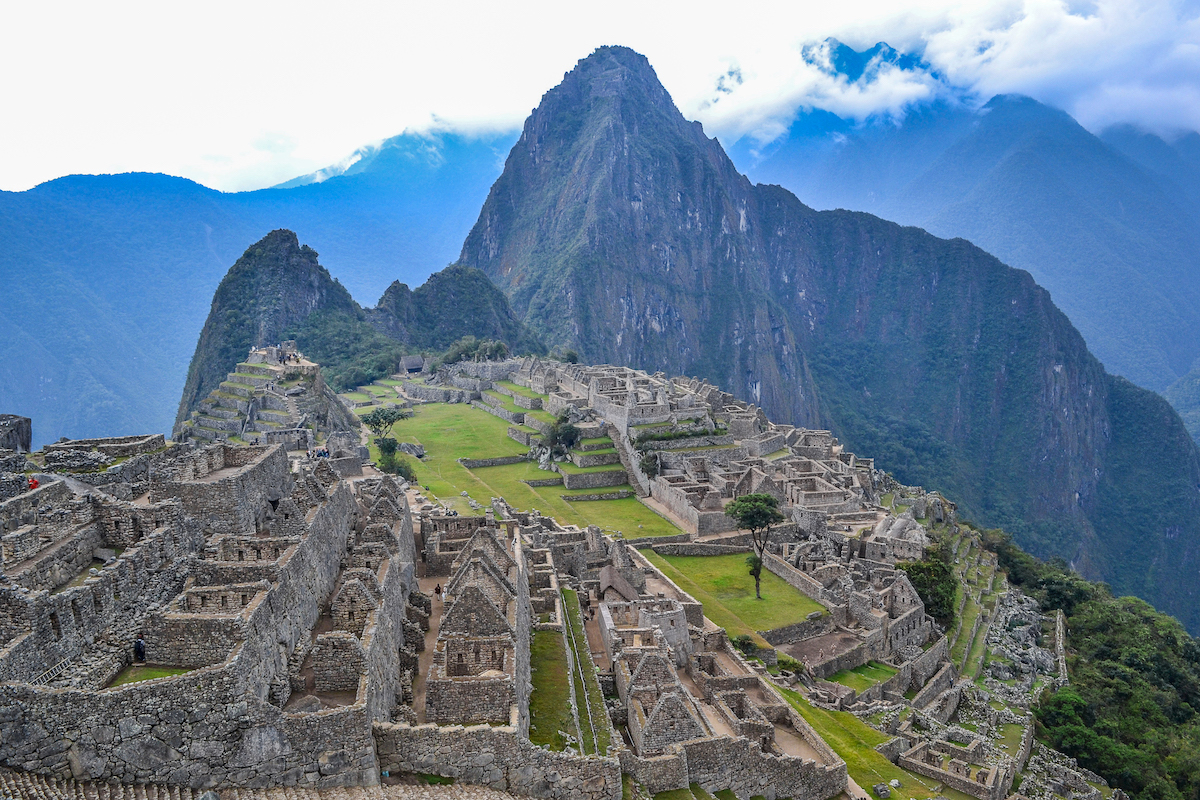
It’s an iconic picture with the ancient ruins and the mountains in the back that look like the profile of a face. Huayna Picchu forms what looks like a nose and the mountain on the left forms a ‘chin’. It’s also not uncommon to find a llama up here to pose for an even more iconic photo.
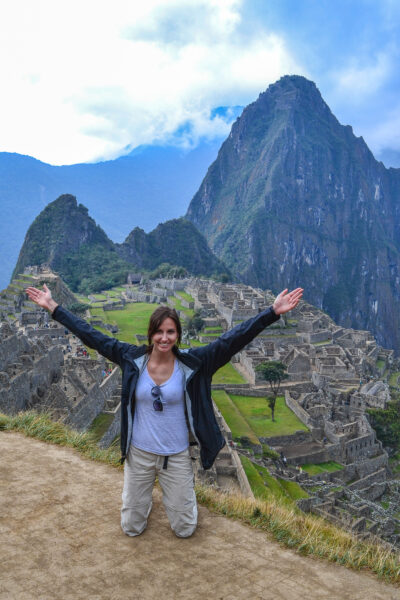
This viewpoint is only available to those with tickets that cover Circuit 1 or 2. So it’s something to keep in mind when choosing which ticket to buy. I think you can also see it if you do the Machu Picchu Mountain hike since the hike entrance is up near there.
3. Meet the resident llamas
There are several animals at Machu Picchu you can keep an eye out for. The most famous resident of the archeological site is the llama. You might also encounter alpacas, which are similar to llamas, but usually are smaller with shorter faces and pointy ears. There are about 25-30 llamas that live on the site and are owned by the government. Some of them have tags and the one below had its name: Lucy.
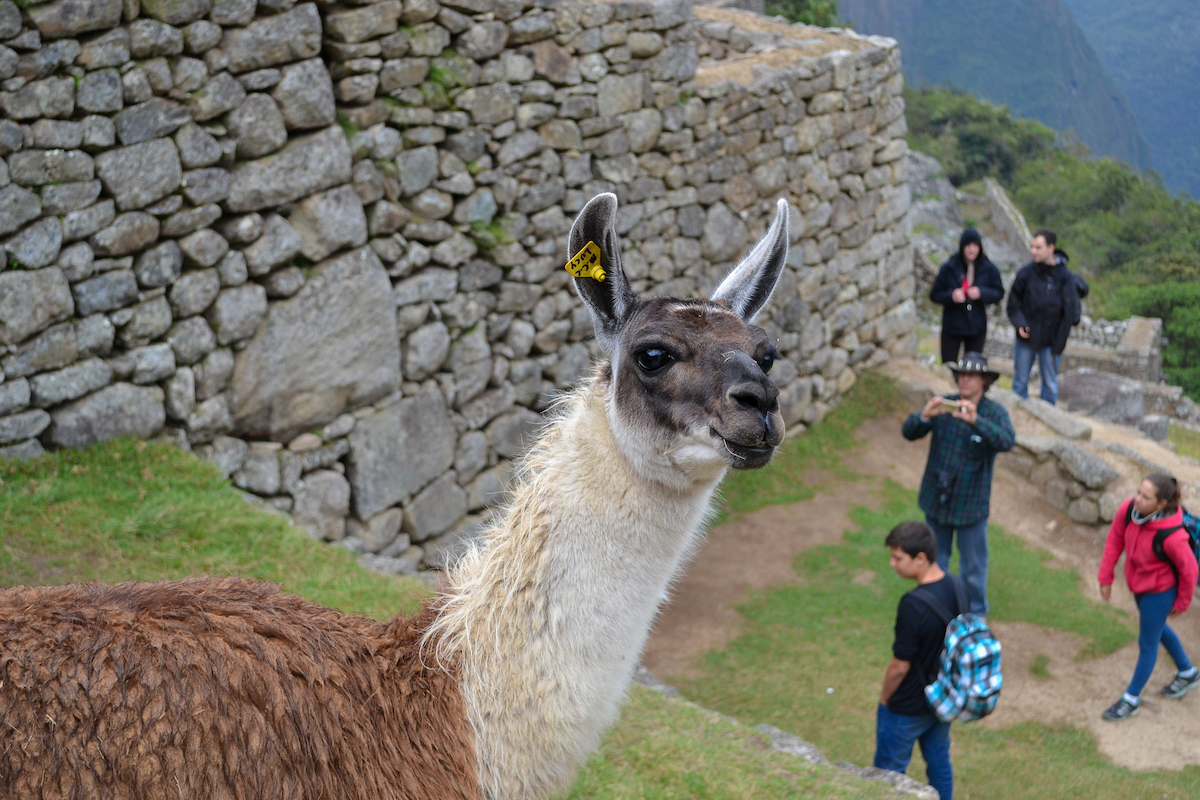
Llamas aren’t bothered by the altitude and are pretty friendly about people taking selfies and pictures with them. Though if they feel threatened, they might spit. Lucy was not too fond of taking a picture but just walked off instead.

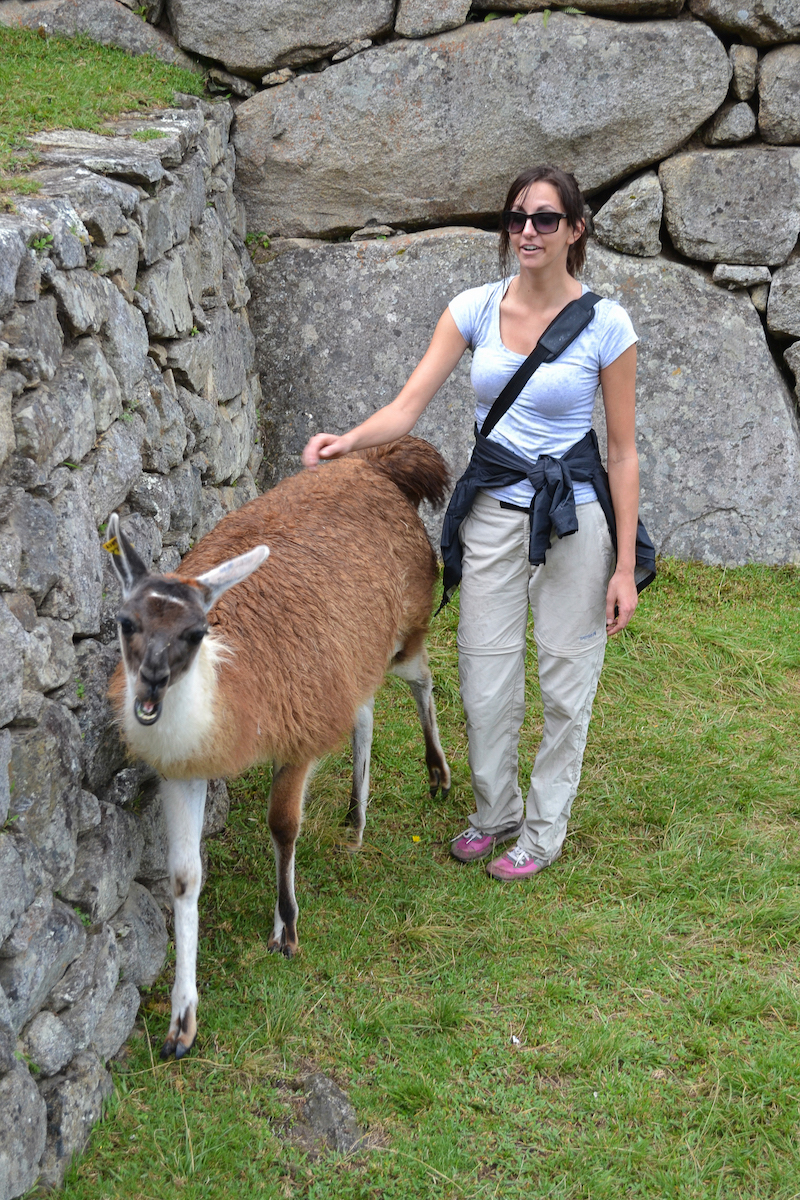
Keep an eye out around the ruins for any viscacha, which is a type of chinchilla. They look like rabbits but with the tail of a squirrel. They’re often found near the rocks as they use it to camouflage themselves from predators and also make their nests within the rocks.
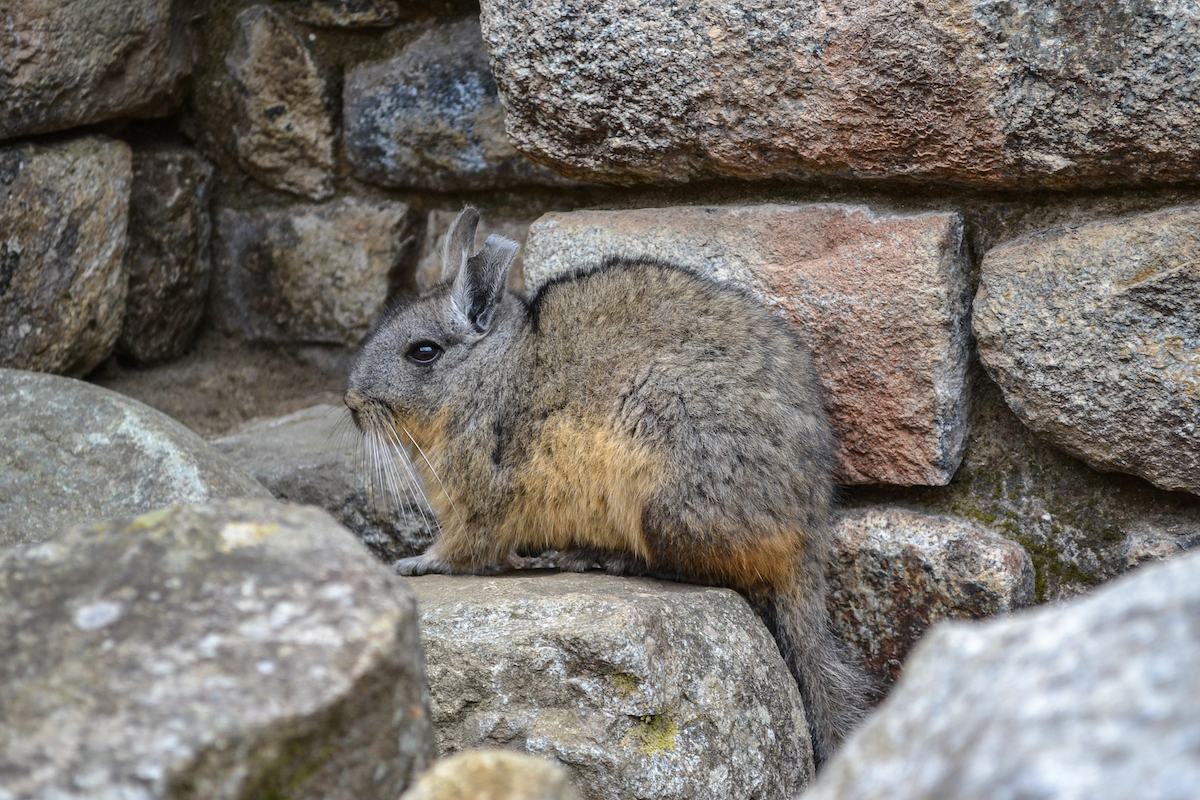
4. Hike the Trails
Apart from the archeological site, there are several mountains and trails around Machu Picchu that visitors can choose to do. If you are able to and have the time, it’s worth checking out one of the additional hikes.
Inca Trail
The Inca Trail is the most famous hiking trail in Peru and is often considered one of the best in the world. There are several options when hiking this trail, but the full Inca Trail is a 4-day hike that is 24 miles long and ends in Machu Picchu. The trail is pretty difficult, partly due to the steps and incline, partly due to the altitude.
Dead Woman’s Pass is the highest part of the Inca Trail at 4,215m (about 13,829 ft). Evidently it’s steep on the way up and steep on the way down. So you’ll want to make sure your knees are in good shape. If you can tough out the trail, you’re rewarded with more ruins along the way and beautiful mountain views.
If you don’t think the 4-day hike is for you, you can actually do a shorter version which is the 2-day hike and covers about 8 miles of the trail. Or there’s even a 1-day hike available!
Permits for the trail are required and it’s recommended you book your trip 6 months in advance with a tour company (which is also required).
The Inca Trail is closed in February due to it being the rainiest month of the year and conditions aren’t ideal for hiking. Maintenance and repairs are also done during this time. While no permits are sold for the trail, you can still visit Machu Picchu.
Sun Gate
The Sun Gate, also known as Intipunku in Quechua, is the entrance to Machu Picchu if you’re taking the Inca Trail. It will be your first glimpse of the lost city and is popular to see at sunrise. The trail will lead you right into the archeological site.

You can actually see the Sun Gate trail in the picture above from Huayna Picchu. At one point, the trail was open to visitors who were only seeing the ruins and you could take the trail from the top corner of the archeological site and across the mountain. However, new regulations have made it only open to those who are hiking the Inca Trail (whether that’s a 4-day or 1-day hike). It takes about 1.5 to 2 hours to get to the archeological ruins from the Sun Gate.
Huayna Picchu
When you look at the famous viewpoint of Machu Picchu, you’ll notice the tall, steep mountain behind it. That mountain is Huayna Picchu…and you can climb it. It gives you a bird’s eye view of the famous ruins and is one of those most amazing views of the surrounding area.

The hike to Huayna Picchu has become pretty famous as it’s also known for having the “death stairs”. Once you reach the top, there are some ruins there as well but it’s the stairs that get the most attention, because you have to go down them. But the only thing you can see at the bottom of the stairs is the river at the very bottom of the mountain. If you don’t usually have vertigo, you will after stepping on that staircase.
To hike Huayna Picchu, you must choose the Circuit 4 + Wayne (Huayna) Picchu ticket option.
Machu Picchu Mountain
Across the citadel from Huayna Picchu is another mountain on the opposite side: Machu Picchu Mountain. This hike gives you a similar bird’s eye view of the ruins below, though since you’re on the other side of the citadel, your view will be of the famous ‘postcard’ view.
The hike is said to be more moderate than Huayna Picchu and suitable for all ages. It’s less steep and doesn’t have the fear factor that Huayna Picchu has. It also doesn’t have any ruins at the top. If you decide to hike the whole thing it will take about 3 hours.
To do this hike, you must choose the Circuit 3 + Machu Picchu Mountain ticket option.
Huchuy Picchu
The newest hike in the area is the hike to Huchuy Picchu. If you want the aerial views of the ruins without having to commit to a several hour long hike, then Huchuy is a great option. It’s an easier trail that starts in the same location as Huayna Picchu but then veers off to the left. The trail is short and sweet with great views and it will only take you about 35-45 minutes to complete.
This hike requires the Circuit 4 + Huchuy Picchu ticket option.
Weather
The weather at Machu Picchu can be a little unpredictable since you’re heading up the mountains. The rainy season runs from November to April and while you can still visit during that time, you run the risk of having bad weather.
The best time to visit Machu Picchu is between April and September as this is the dry season in Peru. We visited in September and had a mix of weather when we went. It was misting and colder at some point but then cleared up and was warm/sunny.
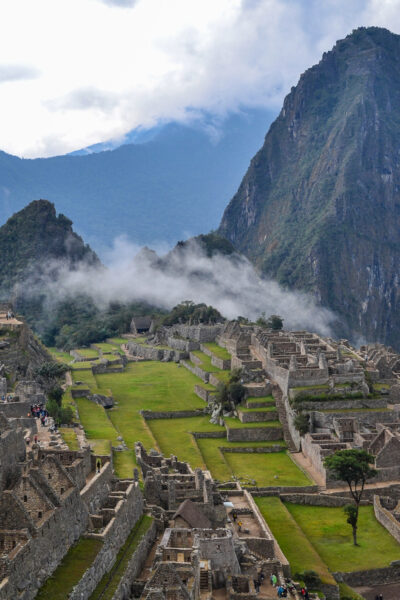
February is the worst month to visit as it has the most rain fall and you’re more likely to experience bad weather and worse trail conditions.
Things to Know
- Passport: You need your passport to book tickets for Machu Picchu and you must bring your passport and ticket with you when you visit.
- Altitude: Make sure you’ve acclimated to the altitude. Though Machu Picchu (7,972 ft (2,430 m)) is actually lower than Cusco (11,152 ft (3,399 m)), if you didn’t get adjusted in Cusco, you may want to be wary of it. And watch how many Pisco Sours you drink on arrival in Cusco. The alcohol and altitude will make you feel like you’ve been hit by the Perurail.
- What if I want to see things within Machu Picchu that are in two different circuits? You’ll either have to visit over two days or buy two tickets for the same day and reenter at a later point in the day with the other.
- How do they know how long people stay? Most of the tickets have a time frame and you might think you can just stay all day because no one will kick you out. Here’s how they do it: there’s no bathrooms inside the park. The bathrooms are located outside the gates and if you have to go, you have to leave. And they won’t let you reenter on your ticket.
- Facilities available: Along with the restroom, there’s a snack bar and restaurant outside of the main gate. There are no facilities inside!
PIN IT FOR LATER
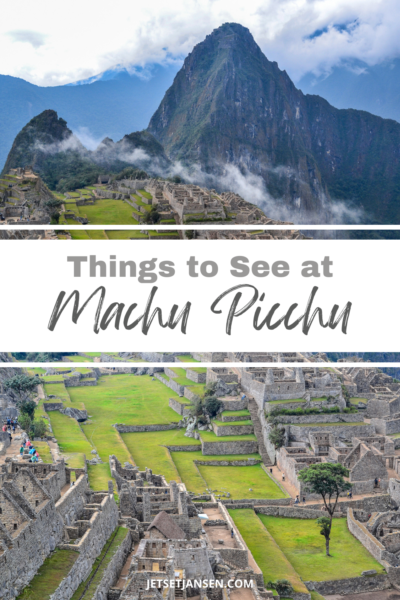

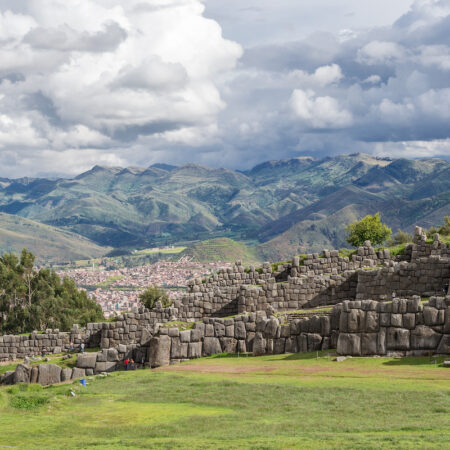

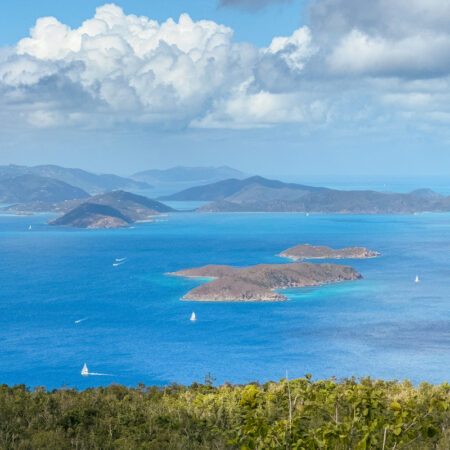
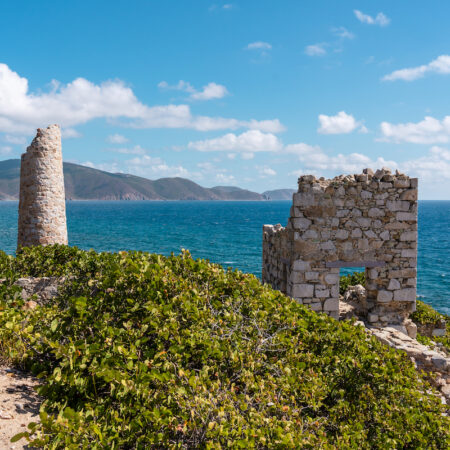

Machu Picchu is so so high on my bucket list! I’m hoping to go there within the next 2-3 years and this guide has seriously everything I would need for my trip. Going to save this!!!
Machu Picchu is amazing and there’s so many other great things to do in Peru as well!